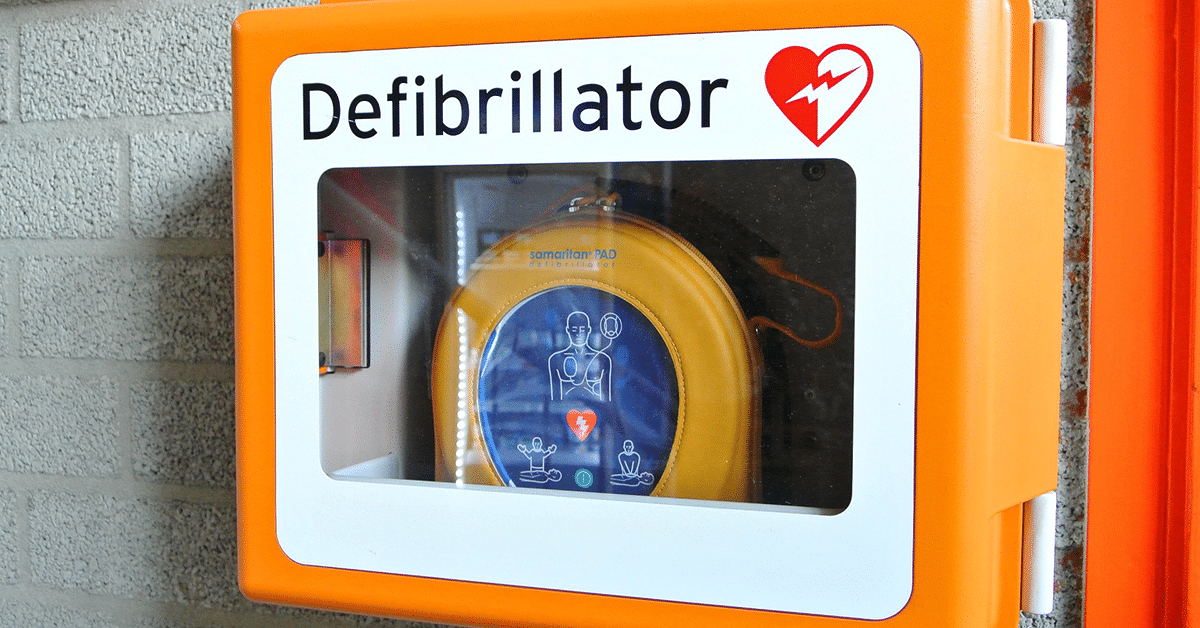No products in the cart.
Uncategorized
AED Maintenance Tips: Keeping Your Automated Defibrillator Ready
Automated External Defibrillators (AEDs) are lifesaving devices that can significantly improve the chances of survival during sudden cardiac emergencies. Whether you have an AED at home, in your workplace, or in a public space, proper maintenance is crucial to ensure its effectiveness when needed. In this blog post, we’ll explore essential AED maintenance tips to keep your device ready for action.
1. Regular Inspections
Perform routine inspections of your AED to identify any visible issues. Here’s what to look for:
- Visual Inspection: Check for physical damage, cracks, or signs of wear. Ensure that the electrodes and cables are intact.
- Battery Status: Verify that the battery indicator shows a full charge. Replace the battery if it’s low.
- Electrode Pads: Examine the electrode pads for expiration dates. Replace them before they expire.
- Software Updates: If your AED has software, check for available updates and install them promptly.
2. Battery Replacement
AED batteries have a limited lifespan. Follow these guidelines:
- Monitor Battery Life: Regularly check the battery status. Most AEDs emit a warning when the battery is low.
- Replace Expired Batteries: Replace the battery before it reaches its expiration date. Keep spare batteries on hand.
- Test the Battery: Perform a battery test according to the manufacturer’s instructions. Ensure it holds a charge.
3. Electrode Pad Maintenance
The electrode pads are essential for delivering shocks. Here’s how to maintain them:
- Check Expiration Dates: Electrode pads have a shelf life. Replace them before they expire.
- Proper Storage: Store the pads in their original packaging at room temperature. Avoid extreme heat or cold.
- Adhesive Quality: Ensure the pads’ adhesive is intact. If they don’t stick well, replace them immediately.
4. Regular Self-Tests
Most AEDs perform self-tests to ensure functionality. Follow these steps:
- Manual Self-Test: Manually initiate a self-test as recommended by the manufacturer. Confirm that all indicators show normal status.
- Scheduled Self-Tests: Set up automatic self-tests at regular intervals. Address any issues promptly.
5. Training and Familiarity
- Training: Ensure that designated personnel are trained in AED usage. Regular training refreshers are essential.
- Location Awareness: Everyone should know the AED’s location. Clear signage is crucial.
- Practice Drills: Conduct periodic AED drills to simulate real emergencies. Familiarity improves response time.
6. Environmental Considerations
- Temperature: Store the AED within the recommended temperature range (usually 32°F to 122°F or 0°C to 50°C).
- Humidity: Avoid extreme humidity levels.
- Dust and Debris: Keep the AED clean and free from dust or debris.
7. Emergency Preparedness
- Quick Access: Ensure the AED is easily accessible. Don’t obstruct its location.
- Emergency Contacts: Display emergency contact numbers near the AED.
- Regular Checks: Regularly review emergency protocols with staff or family members.
Remember, an AED can be the difference between life and death. By following these maintenance tips, you contribute to a safer environment and increase the chances of saving a life. Stay prepared, stay vigilant, and keep your AED ready for action!






